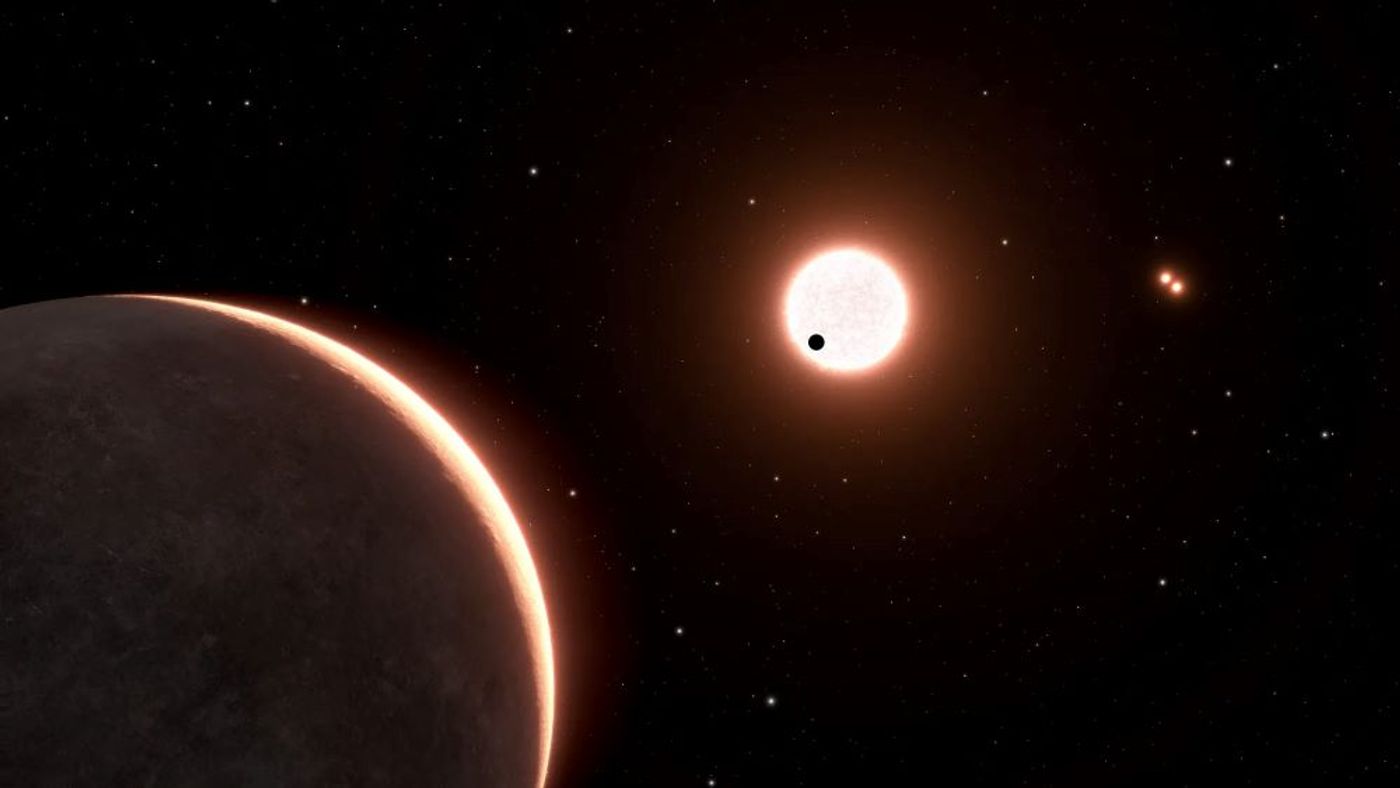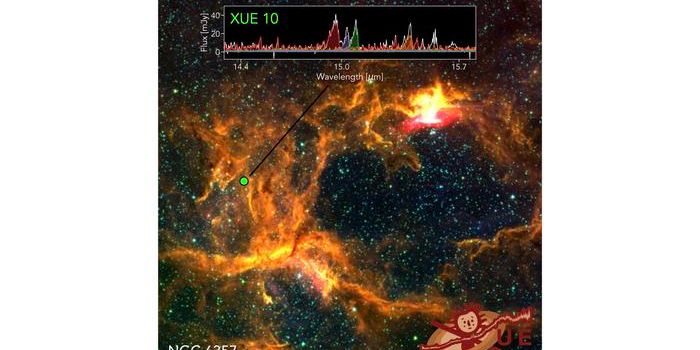Hubble's Precision: Unveiling the Diameter of LTT 1445Ac, a Rocky Exoplanet
A recent study accepted for publication in The Astronomical Journal discusses how observations from NASA’s Hubble Space Telescope have been used to measure the radius, mass, and density of exoplanet, LTT 1445Ac, which is classified as a super-Earth located in a triple-star system approximately 22 light-years away. This study was led by the Center for Astrophysics | Harvard & Smithsonian and holds the potential to help astronomers learn more about the formation and evolution of rocky exoplanets and their potential for sustaining life.
These findings build upon previous measurements of LTT 1445Ac when the exoplanet was discovered in 2022 using transit data from NASA’s Transiting Exoplanet Survey Satellite (TESS). While those researchers were able to estimate the exoplanet’s mass and a minimum radius, they were unable to confirm the exoplanet’s radius along with being unable to measure its density. However, this most recent study combined the TESS data with data from Hubble and was able to successfully estimate the approximate radius, mass, and density of LTT 1445Ac at 1.07 Earths, 1.37 Earths, and 5.9 g/cm^3, respectively. For context, the density of the Earth is measured at 5.51 g/cm^3.
Artist illustration of LTT 1445Ac, which is a rocky super-Earth located approximately 22 light-years away. (Credit: NASA, ESA, Leah Hustak (STScI))
"Transiting planets are exciting since we can characterize their atmospheres with spectroscopy, not only with Hubble but also with the James Webb Space Telescope,” said Emily Pass, who is a PhD student in the Center for Astrophysics | Harvard & Smithsonian and lead author of the study. “Our measurement is important because it tells us that this is likely a very nearby terrestrial planet. We are looking forward to follow-on observations that will allow us to better understand the diversity of planets around other stars.”
While these measurements offer enormous promise for LTT 1445Ac as being habitable like the Earth, including the same surface gravity, the reality is that LTT 1445Ac orbits well inside its parent star’s habitable zone (HZ) at only 3.1 days, as researchers estimate the surface temperature is a toasty 500 degrees Fahrenheit (260 degrees Celsius), which is well beyond anything life on Earth can withstand.
Along with LTT 1445Ac, the other known exoplanet in the system is LTT 1445Ab, which was discovered in 2019 and also classified as a super-Earth with an estimated mass and radius of 2.87 Earths and 1.3 Earths, respectively, along with an orbital period of 5.4 days, also making it inhospitable for life as we know it.
What new discoveries will astronomers make about super-Earths in the coming years and decades? Only time will tell, and this is why we science!
As always, keep doing science & keep looking up!









